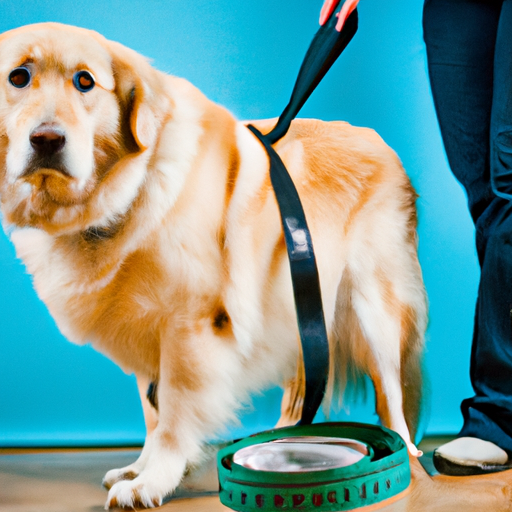As a caregiver, you are the most important person in your dog’s life. You have the power to improve your dog’s health and longevity by helping them maintain a healthy weight. This guide will provide you with some practical steps to help your dog lose weight.
1. Understand the Risks of Obesity in Dogs
First, it’s essential to understand the risks associated with obesity in dogs. Obesity can lead to several health problems, such as:
- Heart disease
- Diabetes
- Joint problems
- Decreased life expectancy
By helping your dog lose weight, you are also helping to reduce the risk of these health issues.
2. Evaluate Your Dog’s Current Weight
Before devising a weight loss plan, you need to know where your dog currently stands. Consult your vet to evaluate your dog’s body condition.
Body condition scores for dogs typically range from 1 to 9, with 1 being underweight and 9 being obese. A score of 4-5 is considered ideal.
| Score | Body Condition |
|---|---|
| 1-3 | Underweight |
| 4-5 | Ideal |
| 6-9 | Overweight |
3. Create a Weight Loss Plan
With your vet’s advice, create a weight loss plan for your dog. This might involve:
- Reducing caloric intake
- Changing to a healthier diet
- Increasing exercise
4. Feed Your Dog a Balanced Diet
A balanced diet is crucial in helping your dog lose weight. Some tips for feeding a balanced diet include:
- Feed portion-controlled meals
- Choose low-calorie, high-fiber foods
- Avoid giving too many treats or human food
5. Increase Your Dog’s Activity Level
Increasing your dog’s activity level is a key part of any weight loss plan. This could involve:
- Regular walks or runs
- Playtime in the yard or dog park
- Dog sports or agility training
6. Regularly Monitor Your Dog’s Weight
It’s important to monitor your dog’s weight regularly. This will help you determine whether the weight loss plan is working and make adjustments as needed.
7. Be Patient and Persistent
Remember, weight loss in dogs should be a gradual process. It’s important to be patient and persistent. Celebrate small victories and keep working towards your goal.
8. FAQ
Q: How can I tell if my dog is overweight?
A: Aside from consulting your vet, you can also check for signs at home. If you cannot easily feel your dog’s ribs or if they have no defined waist, they may be overweight.
Q: How much should I feed my dog for weight loss?
A: The amount of food your dog needs will depend on their size, breed, and activity level. Your vet can provide specific advice.
Q: How can I exercise my dog if they have joint problems?
A: There are many low-impact exercises suitable for dogs with joint problems, such as swimming. Again, consult your vet for advice.
Remember, you are your dog’s best advocate. With your help and a little patience, they can achieve a healthier weight and a happier, longer life.



